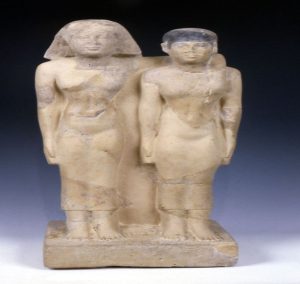Representing Egypt’s Legacy on the Global Stage
Egyptian Ambassadors Abroad
Due to the immense mystery surrounding Egyptian civilization, it has been a subject of fascination and obsession since ancient times, leading to what is known as “Egyptomania.” This fascination is not a recent phenomenon but has existed for millennia. Roman emperors were eager to adorn Rome with the most beautiful Egyptian obelisks. Today, Rome boasts around 14 obelisks (more than Egypt itself), most of which were transported during the Roman occupation of Egypt from 30 BC to 642 AD. Foreigners were not content with only the massive obelisks that now fill Paris, London, New York, Istanbul, and Rome. Countless important artifacts, such as the Rosetta Stone, which allowed us to decipher ancient Egyptian hieroglyphs, are now housed in the British Museum in London. Thousands of important Egyptian papyri, often named after their purchasers, are scattered across the globe. For example, the Westcar Papyrus (Khufu and the Magicians) is in the Berlin Museum, and the medical Ebers Papyrus is in the University of Leipzig Library in Germany contains numerous names of most surgical procedures and medical instruments known to ancient Egyptians. The discovery of Tutankhamun’s tomb in November 1922 fueled this fascination even more, making the phrase “Curse of the Pharaohs” famous worldwide. This was due to strange occurrences that befell the tomb’s discoverers. On the other hand, the discovery sparked a global interest in acquiring Egyptian artifacts. Museums in Italy, France, America, Germany, and England sent expeditions to Egypt to uncover treasures. Some artifact dealers even purchased them from Egyptians who found them accidentally while digging around their old homes. As a result, museums worldwide, especially in Italy, France, America, Germany, and the Netherlands, are filled with Egyptian artifacts. Due to the abundance of these artifacts, large museums like the British Museum and the Louvre have established branches in other countries, particularly in the Gulf region, filled with Egyptian artifacts, such as the Louvre Abu Dhabi. Interestingly, before the decipherment of the Rosetta Stone and the understanding of Egyptian civilization, there was a widespread belief in USA and Britain, in particular, in using Egyptian mummies for medicinal purposes. People would grind up mummified bodies, believing them to have extraordinary healing powers.
Major Egyptian Artifacts Abroad
1-Obelisks -in Paris -The obelisk of King Ramses II, about 22 meters high, was moved from Luxor Temple and is currently located in Place de la Concorde.
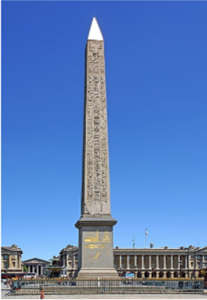
In Rome
The obelisk of King Tuthmosis IV is about 20.70 meters high
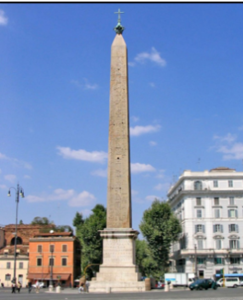
In London
The Obelisk of Tuthmosis III, mistakenly known as the Obelisk of Cleopatra, is about 68 meters high
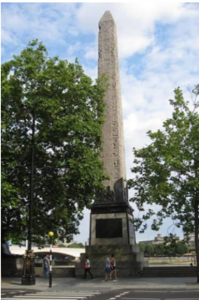
In Turkey
The obelisk of King Thutmose I in Sultan Ahmed Square in Istanbul. Its original height was 30 m, but now it is 20 m.
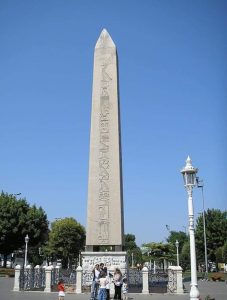
museums
2-museums London The Rosetta Stone was discovered by the French expedition in 1799 AD and is located in the British Museum
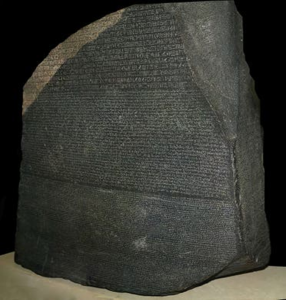
Paris
The statue of Meritaten, daughter of Akhenaten and Nefertiti, is located in the Louvre Museum
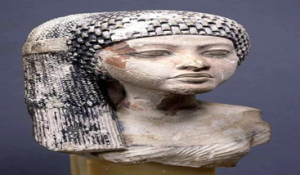
Statue of the Seated Writer in the Louvre Museum
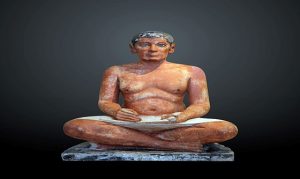
King Ramesses II’s ring from the Louvre Museum
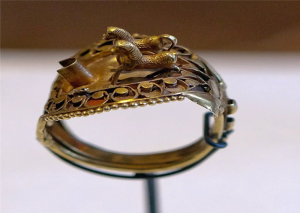
God Amun
A statue of the god Amun protecting Tutankhamun. The statue was discovered in Karnak in 1857 by archaeologist Mariette. It is located in the Louvre Museum.
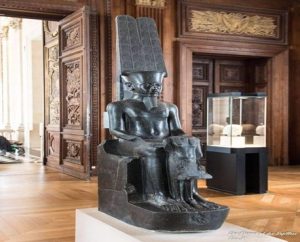
Germany
Statue of Horus in the form of a falcon from the Munich Museum

Humino
The statue of Humino, the chief engineer of the Great Pyramid, is located in the Hildesheim Museum
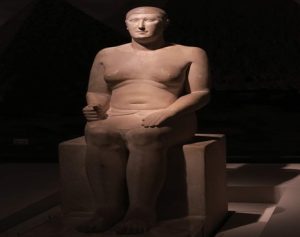
The bust of Nefertiti was discovered by the scholar Burkhart in the Tell el-Amarna region in 1912 and is currently located in the Berlin Museum
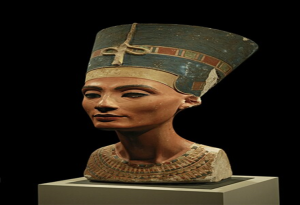
Statue of King Ramses II in the Turin Museum
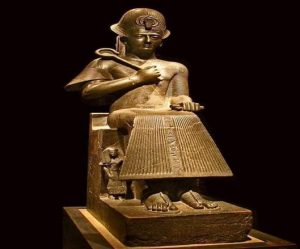
Italy
A statue of Horemheb and the god Amun is located in the Turin Museum
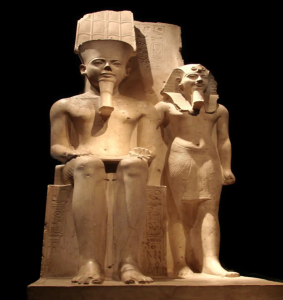
Holland
The Temple of Taffa was located in southern Aswan and is currently located in the National Antiquities Museum
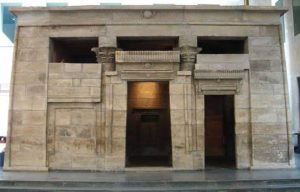
Russia
The statue of the priest Amenhotep, dating back to the Old Kingdom, 18th Dynasty, is located in the Pushkin Museum
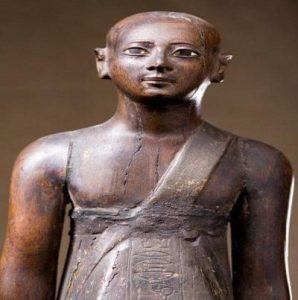
USA
The statue of Amun was purchased by the archaeologist Howard Carter for one pound and was gifted to me by the scholar Carter von in 1971. It is currently housed in the Metropolitan Museum.
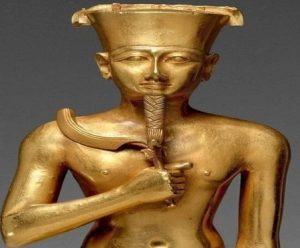
The statue of Queen Hatshepsut depicted as a sphinx is on display at the Metropolitan Museum.
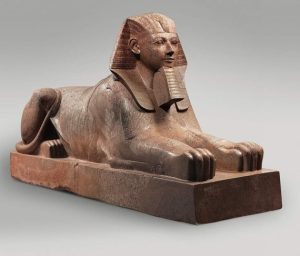
silver mirror
A silver mirror with a wooden handle, overlaid with gold and carved in the form of the goddess Hathor, dating back to the New Kingdom, is currently housed in the Metropolitan Museum
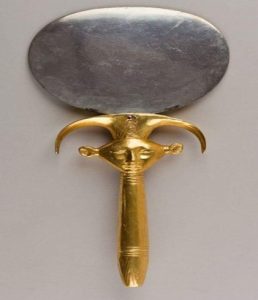
A statue of King Pepi I dating back to the ancient dynasty is located in the Brooklyn Museum
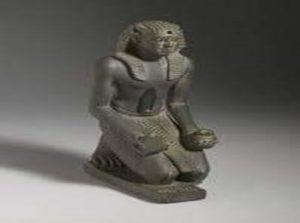
The statue of King Tutankhamun is located in the University of Pennsylvania Museum
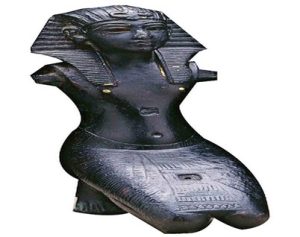
Head of King Menkaure from the Museum of Fine Arts, Boston
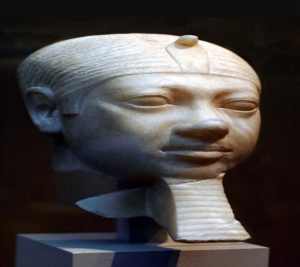
Queen Hetepheres and her daughter
A statue of Queen Hetepheres and her daughter is located in the Museum of Fine Arts in Boston
